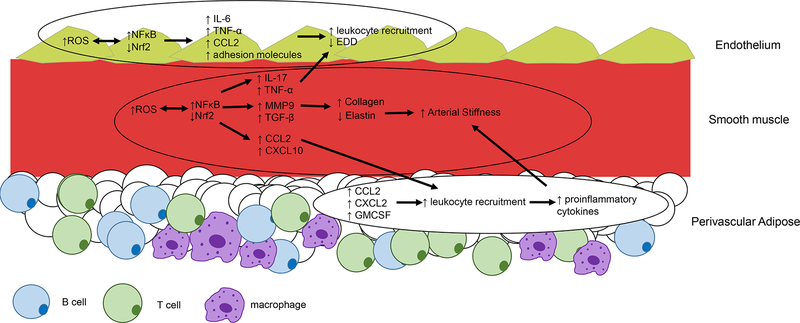Figure 1. Age-related alterations in inflammatory mediators in the arterial wall.
In the endothelial layer increased reactive oxygen species (ROS) mediate increased Nuclear Factor κ B (NFκB) and decreased Nuclear factor (erythroid-derived 2)-like 2 (Nrf2) activity which results in increased inflammatory cytokine (interleukin (IL)-6, Tumour Necrosis Factor (TNF)-α), chemokine (CC motif chemokine ligand 2 (CCL2) and adhesion molecule production, leukocyte recruitment and subsequent impaired endothelium dependent dilation (EDD). In the smooth muscle layer ROS similarly affects NFκB and Nrf2 which mediate increased cytokine (IL-17, TNF-α, Transforming Growth Factor (TGF)-β), chemokine (CCL2 and CXC motif chemokine ligand 10 (CXCL10)) as well as Matrix Metalloproteinase (MMP) 9. These cytokines can interact with the endothelium to blunt EDD, contribute to collagen deposition and elastin degradation leading to increased arterial stiffness and recruitment of proinflammatory leukocytes. In the perivascular adipose, aging results in an increase in chemokines CCL2, CXCL2, and Granuolocyte Macrophage Colony Stimulating Factor (GM-CSF), these chemokines contribute to infiltration of inflammatory leukocytes that appear to play a role in increased arterial stiffness.

